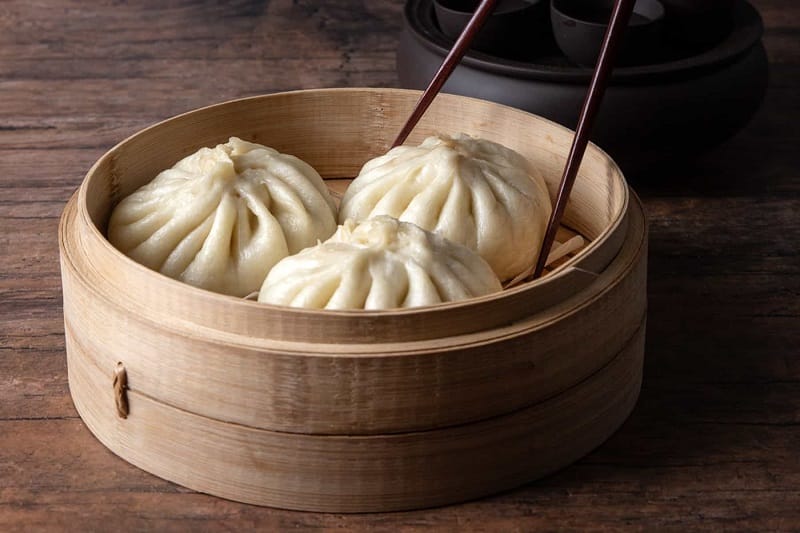You’re craving something soft and fluffy, and your fantasy is filled with the soft, freshly steamed, bready perfection of the buns you’ve come to love. But wait! You don’t have a steamer. Now, what do you do? How to steam buns without a steamer. Isn’t that a trick you want to have up your sleeve? Let’s talk about steaming improv and samples of fluffy, perfectly cooked buns.
The Power of Steam: Understanding the Why
What makes a good bun? It’s the most important element. The reason why buns, especially Asian-style steamed buns, are so good is the power of steam. It makes them fluffy, light, and soft, which is the key to all good Asian food. The heat is distributed evenly so they don’t dry out. Nor do they get an uncooked middle everywhere.
Replicating the Steamer: Improvised Solutions
Without the benefit of a steamer, there are a couple of ingenious methods you can use to replicate the process at home – on your stovetop. The Pot and Plate Method: fill a pot with a few inches of water and bring it to a simmer. Then, place a plate or a heat-safe dish upside down to create a platform for your buns, and put the lid on the pot to create a steamy cooking environment.
Another, the Colander Method, uses a colander or sieve in a pot of simmering water, about two inches deep, lined with parchment paper so that the buns don’t stick (yes, really).

Microwaving Magic: A Modern Approach
If you want to steam them quickly and easily, your microwave might be just what you need. Put a damp paper towel on a microwave-safe plate, put the buns on top of the paper towel, and place a small bowl of water next to them. Put the buns on the high power setting using short bursts and turn them, checking them periodically, to ensure they cook evenly.
Tips and Techniques for Success
Don’t fret, folks – steam will win out in the battle of water retention! Remember three things for guaranteed well-steamed buns every time: maintain a gentle simmer, don’t let the water level touch the plate or colander that your buns are sitting on, and line the bottom of the steaming surface with parchment paper to prevent sticking and make cleaning easier, or let the paper get soaked with the buns. Also, don’t overcrowd your steamer! The steam needs to circulate, so give the buns ample breathing space.
Beyond Basic Buns: Steaming Versatility
However, these fundamental techniques would apply to many other Chinese dishes. Hence, this guide to steaming buns is effectively an introduction to the techniques you might need for a broader range of tasty Asian flavors, from daintily wrapped dumplings to delicate dim sum – your steaming saucer being your magician’s hat, producing all sorts of culinary delights through a little improvisation.
Armed with these foolproof proofing techniques, you’ll never be far away from that cloudlike texture of just-steamed buns without a dedicated steamer. Be an innovator in the kitchen, and let the steaming begin!

Hey there, I’m Robert Bolduc, the owner of the Blast From The Past Dinner Restaurant, and I’m excited to welcome you to our cozy corner of nostalgia. At our restaurant, we’ve created a unique experience that takes you back in time to the good old days, where classic comfort food meets retro charm.
As you step through the doors of our restaurant, you’ll be transported to a bygone era, where the jukebox plays your favorite hits from the ’50s and ’60s, and the décor exudes vintage flair. Our aim is to not just serve food, but to provide an immersive journey into the past, where every meal is a trip down memory lane.
So, if you’re ready to take a trip back in time and indulge in the flavors of yesteryear, then join us at Blast From The Past Dinner Restaurant. We can’t wait to share our love for the past with you.
